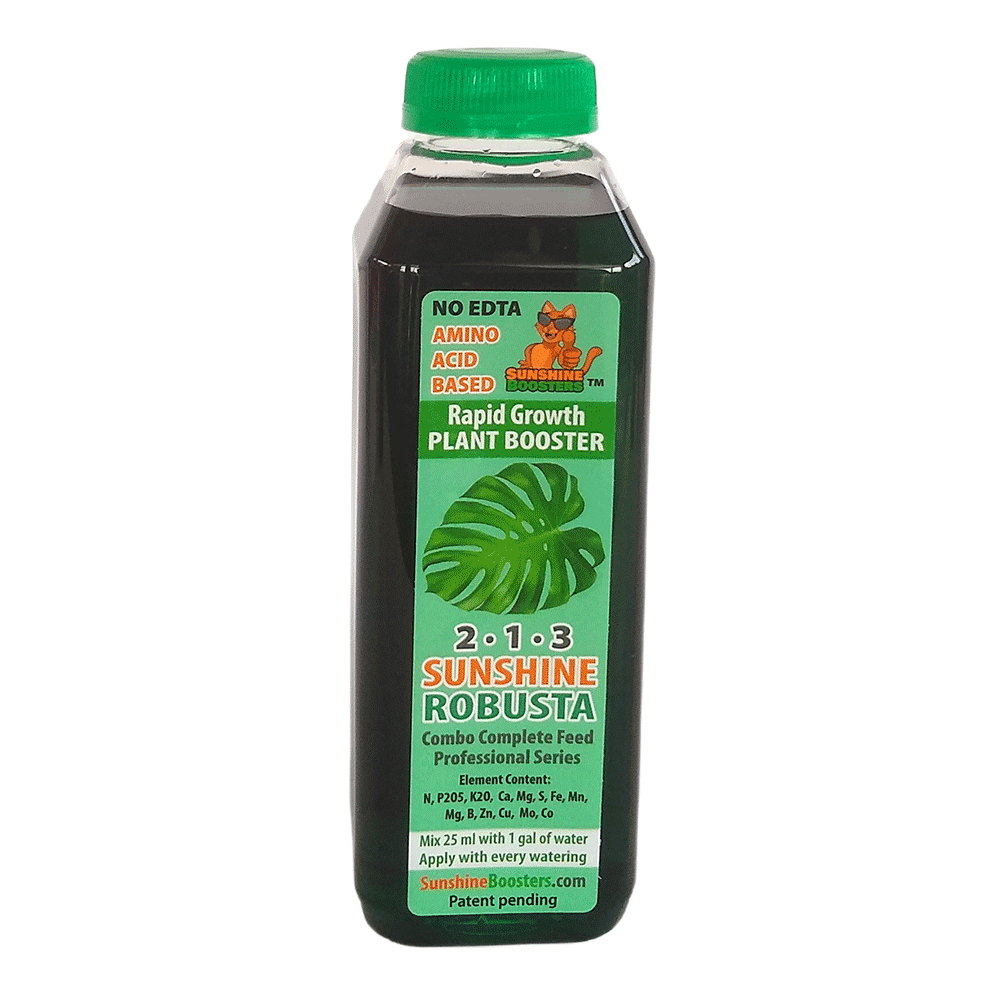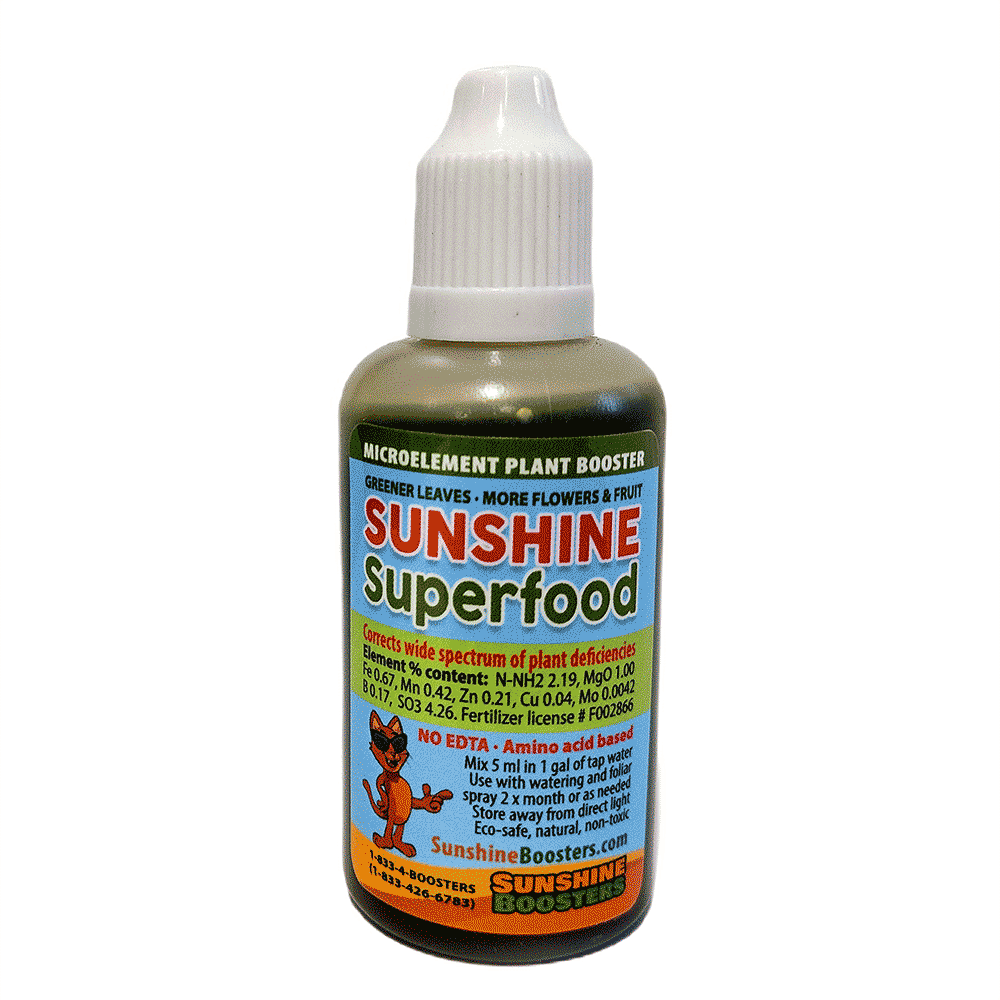WE GROW HAPPINESS
Welcome to Top Tropicals - the World's Leading Authority on Tropical Plants. Top Tropicals is not just a plant nursery; it is also information, photos, educational videos, plant books and magazines.
Our online store, certified to ship to all states, ships over 2000 items Nationwide and Worldwide!
Comprehensive Plant Finder will let you ID any tropical plant and learn how to grow it! Our Database today, , has 5107 plant profiles and 59666 photos!

The Biggest selection
Top Tropicals offers the biggest selection of rare tropical plants from around the World, including ethnic tropical fruit and edibles, and the most fragrant and spectacular flowers known in cultivation.

Green Thumb Help
Our experienced Plant Expert Team will help you with all your plant questions. Keep the Happy Gardening Tips at your fingertips!

The Best Availability
Looking for a rare plant? Seek no more, Top Tropicals has them all! They are selling fast... just add it your Wishlist and be notified immediately when we have it again!

Sunshine Boosters
Grow healthy plants with Sunshine Complete Plant Nutrition System. Revolutionary eco-friendly formulas created by our scientists for everyone: from a plant collector to large hydroponic facilities.





